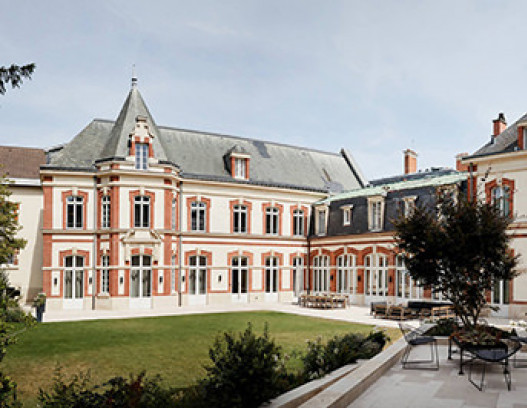Champagne, France
Producers
Champagne Region
Champagne Producers:
Bollinger
Dom Perignon
Krug
Louis Roederer
Philipponnat
Pol Roger
Ruinart
Salon
Taittinger
Champagne Region Overview
The ultimate mark of aspirational living, Champagne – the sparkling wine produced in the north eastern French region of the same name – is synonymous with luxury, quality and celebration. But its history is far from a happy one, and the quality product we know today, with an industry valued at €44bn, is borne of centuries of trial, error and refinement.
The area itself served as a crossroads for military and trade routes throughout history, and over the centuries has been subject to destruction and devastation at the hands of religious battles, political strife, two World Wars and the Russian revolution – not to mention the plague of Phylloxera that wiped out most of Europe’s vineyards in the late 19th century.
And were this not challenging enough for the region’s wine producers, the area’s difficult growing climate – namely its high altitude and mean annual temperature of just 10˚C – created a complex environment for Champagne’s three main grape varieties: white Chardonnay, Pinot Noir and Pinot Meunir . It was no mean feat, then, for the wine producers of yesteryear to create a wine they hoped would rival that of their neighbours in Burgundy.
But efforts from Benedictine Monks, English scientist Christopher Merret and the famed Dom Perignon (who, contrary to popular belief, was not solely responsible for the invention of Champagne) eventually added up to a sparkling offering that was for some time dubbed ‘The Devil’s Wine’ as bottles exploded and corks popped in a bid to contain the fizzing beverage. The first incarnations of Champagne appear in 1531, and even in 1844 producers were struggling to bottle it efficiently.
But as glass quality and cork technology developed, Champagne rapidly gained popularity, with producers later marketing the wine as a royal and aristocratic drink, and launching many high-profile advertising campaigns aimed at political groups and women. The 19th century saw an explosive growth in Champagne production, from 300,000 bottles a year in 1800 to 20 million in 1850. Nowadays, around 349 million bottles are enjoyed around the world every year, with the UK dominating the export market, followed by the US and Germany.
The 15,700 wine growers and 300 Champagne houses in the region’s five districts – Aube, Cote des Blancs, Cote de Sezanne, Montagne de Reims and Vallee de la Marne – are subject to a plethora of strict rules and regulations designed to protect the interests of not only the economic area, but of the Champagne brand itself. While many in the English-speaking world happily refer to any kind of fizz as Champagne, only producers abiding by exacting codes may label their wines as such, reinforcing the exclusivity of the wine for which many Champagne houses consistently enjoy high point scorings.
The 1988 Blanc de Blancs Clos du Mesnil from revered Champagne house Krug, for example, boasts a coveted 100 point score from critic Robert Parker, while the 1996 vintage offers a near-perfect tasting at 99. Other respected houses – Ruinart and Vilmart, for example – consistently command top scores, so be prepared to pay accordingly. That said, because of the consistency the region offers it is possible to find good value in Champagne, with producers such as Moutard Pere & Fils, Nicolas Feuillatte and Jacquart offering excellent quality at more affordable prices.
Of course, the international recession and downsizing of consumer appetite for luxury goods means that Champagne prices have taken a modest slide in recent years, but the history and reputation attached to the region will ensure its sparkling, world-renowned offerings will always be sought after as a classic.








